Home>Storage Ideas>Storage Baskets>How Often Should You Fertilize Hanging Baskets?
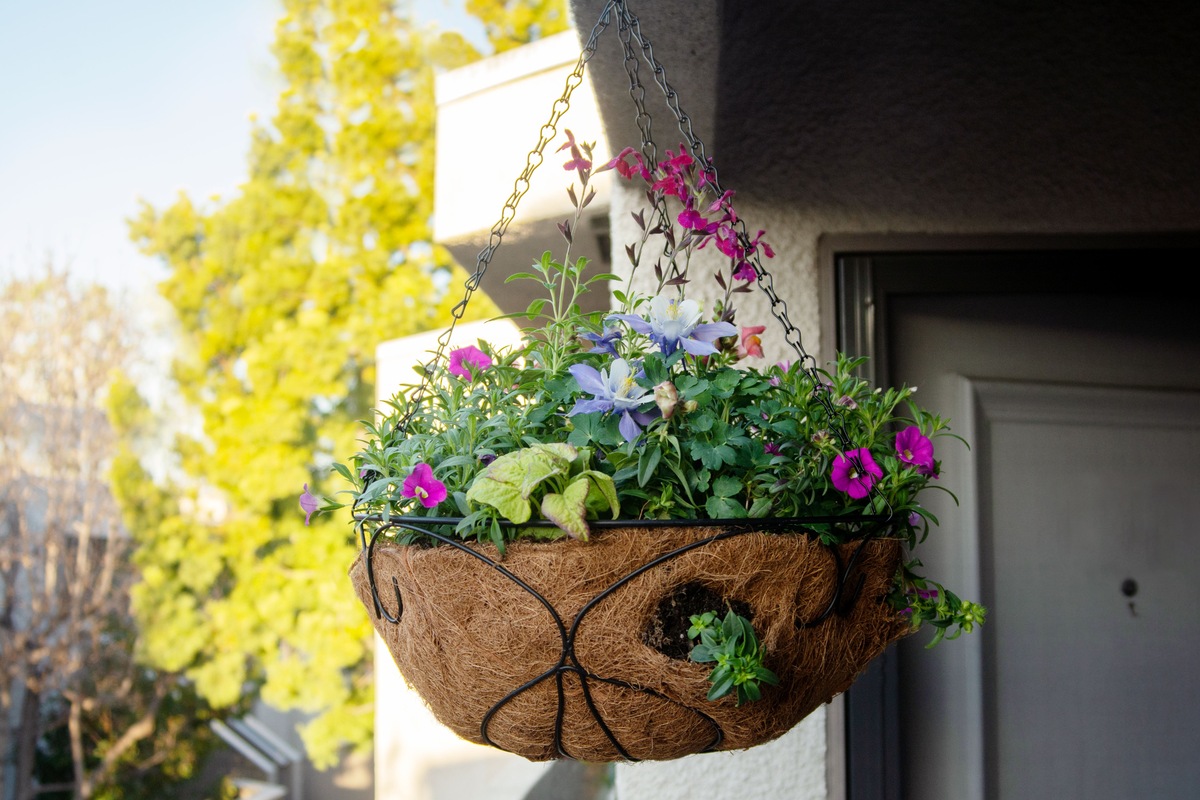

Storage Baskets
How Often Should You Fertilize Hanging Baskets?
Modified: January 6, 2024
Learn about the optimal frequency for fertilizing storage baskets and keep your plants thriving with our expert tips. Find out how often to fertilize hanging baskets.
(Many of the links in this article redirect to a specific reviewed product. Your purchase of these products through affiliate links helps to generate commission for Storables.com, at no extra cost. Learn more)
Introduction
When it comes to adding a touch of beauty and vibrancy to your home or garden, hanging baskets are a fantastic option. These versatile plant displays can brighten up any space with a wide variety of flowers and foliage. However, to ensure that your hanging baskets thrive and produce stunning blooms, proper fertilization is crucial.
Fertilizing hanging baskets provides the necessary nutrients that plants need for growth and development. It helps replenish the soil’s nutrients and promotes lush foliage, vibrant colors, and abundant flowering. But how often should you fertilize your hanging baskets to achieve optimal results?
In this article, we will explore the factors to consider when fertilizing hanging baskets, the types of fertilizers available, and the recommended frequency of fertilization. We will also discuss the signs of over- or under-fertilization and provide additional tips for successful fertilization. By the end, you’ll be equipped with the knowledge to keep your hanging baskets flourishing and blooming all season long.
Key Takeaways:
- Proper fertilization of hanging baskets is crucial for vibrant blooms. Consider plant type, growth stage, and environmental conditions when determining the frequency and type of fertilizer to use.
- Signs of over- and under-fertilization should be closely monitored. Adjust fertilization frequency based on plant response and environmental factors for optimal growth and blooming.
Factors to Consider
Before determining the fertilization routine for your hanging baskets, there are several essential factors to consider. Understanding these factors will help you tailor your approach to meet the specific needs of your plants.
- Plant Type: Different plant species have varying nutritional requirements. Some plants may require more frequent fertilization, while others may need less. Research the specific needs of the plants in your hanging baskets to ensure you’re providing the appropriate nutrients.
- Growth Stage: The growth stage of your plants also affects their fertilizer needs. Young plants may require less frequent fertilization, while mature plants in their blooming phase might benefit from more regular applications.
- Environmental Conditions: The temperature, humidity, and lighting conditions in your area play a role in how often you should fertilize your hanging baskets. Warmer temperatures and higher humidity levels can increase plant growth and nutrient uptake, warranting more frequent fertilization.
- Container Size and Material: The size and material of the hanging basket can impact nutrient retention and drainage. Smaller baskets and those made of porous materials may require more frequent fertilization as they lose nutrients faster.
- Soil Quality: Check the quality of the potting soil in your hanging baskets. If it’s nutrient-rich, you may need to fertilize less often. However, if the soil lacks essential nutrients, more frequent fertilization will be necessary.
- Watering Practices: Proper watering is essential for healthy plant growth. Over-watering can lead to leaching of nutrients, while insufficient watering can hinder nutrient absorption. Maintain a consistent watering routine to support the fertilization process.
By taking these factors into account, you can better understand the specific needs of your hanging basket plants and develop a fertilization schedule that ensures their overall health and vitality.
Types of Fertilizers
When it comes to fertilizing your hanging baskets, there are various types of fertilizers to choose from. Each type offers different benefits and nutrient compositions. Understanding the options available will help you select the most suitable fertilizer for your plants.
- Water-Soluble Fertilizers: Water-soluble fertilizers are popular for hanging baskets due to their ease of use. These fertilizers come in granular or powdered form and dissolve quickly in water. They are absorbed by the plants’ roots and provide an immediate nutrient boost. Generally, water-soluble fertilizers are applied every one to two weeks during the growing season.
- Slow-Release Fertilizers: Slow-release fertilizers are designed to release nutrients gradually over an extended period. These fertilizers come in the form of pellets or coated prills. They offer convenience as they require less frequent application, usually every two to three months. Slow-release fertilizers are a great choice for those who prefer a set-it-and-forget-it approach to fertilization.
- Organic Fertilizers: Organic fertilizers are derived from natural sources, such as compost, bone meal, or fish emulsion. They are rich in organic matter and essential nutrients. Organic fertilizers provide a slow and steady release of nutrients, promoting long-term soil health. They are environmentally friendly and can be applied every four to six weeks.
- Foliar Fertilizers: Foliar fertilizers are applied directly to the leaves of plants. They are absorbed through the foliage, allowing for quick nutrient uptake. Foliar fertilizers are often used as a supplemental feeding method alongside other types of fertilizers. They are particularly beneficial for correcting nutrient deficiencies or providing a quick nutrient boost during periods of stress or rapid growth.
- Controlled-Release Fertilizers: Controlled-release fertilizers, also known as resin-coated fertilizers, provide a gradual release of nutrients based on temperature and moisture levels. These fertilizers are coated with a resin layer that controls the release rate. Controlled-release fertilizers can last for several months, eliminating the need for frequent applications.
When choosing a fertilizer, consider factors such as plant type, desired convenience level, and environmental impact. It’s also helpful to conduct a soil test to determine any specific nutrient deficiencies in your hanging baskets, allowing you to select a fertilizer that addresses those needs.
Remember to follow the manufacturer’s instructions when applying fertilizers to ensure the correct dosage and prevent any potential harm to your plants.
Frequency of Fertilization
The frequency of fertilization for your hanging baskets will depend on several factors, including the type of fertilizer used, plant species, growth stage, and environmental conditions. Providing your plants with a consistent supply of nutrients is crucial for their overall health and productivity.
It is generally recommended to fertilize hanging baskets every two to four weeks during the growing season. This regular interval allows for a constant supply of nutrients to support plant growth and flowering. However, it is important to closely monitor your plants and adjust the fertilization frequency as needed.
Keep in mind the following guidelines when determining the frequency of fertilization:
- Plant Type and Growth Stage: Young plants and those in their vegetative stage may require less frequent fertilization. As they transition to the flowering stage, increasing the frequency of fertilization can support blooming. Research the specific needs of the plant species in your hanging baskets for optimal results.
- Fertilizer Type: Different fertilizers have varying application frequencies. Water-soluble fertilizers are typically applied every one to two weeks, while slow-release fertilizers may only require application every two to three months. Follow the instructions on the fertilizer packaging to determine the appropriate timing for your chosen product.
- Environmental Conditions: Environmental factors, such as temperature and humidity, can impact plant nutrient requirements. Warmer temperatures and higher humidity levels can accelerate plant growth and nutrient uptake, often requiring more frequent fertilization. Monitor the weather and adjust your fertilization schedule accordingly.
- Signs of Nutrient Deficiency: Keep a close eye on your hanging basket plants for any signs of nutrient deficiency. Yellowing leaves, stunted growth, or a lack of flowering can indicate a need for more frequent fertilization. If you notice these symptoms, consider increasing the frequency or changing the type of fertilizer you use.
- Avoid Over-Fertilization: While providing adequate nutrients is essential, over-fertilization can be detrimental to plants. It can cause nutrient imbalances, root burn, and even plant death. Follow the recommended dosage and avoid applying excessive fertilizer, especially if your plants are sensitive to fertilizer salts.
By taking these factors into account and closely monitoring the condition of your hanging baskets, you can adjust the frequency of fertilization to meet the specific needs of your plants and ensure optimal growth and blooming.
Signs of Over- or Under-Fertilization
Proper fertilization is essential for the health and vitality of your hanging baskets. However, both over-fertilization and under-fertilization can have negative effects on your plants. It’s important to be able to recognize the signs of these imbalances and make appropriate adjustments to your fertilization routine.
Signs of Over-Fertilization
Over-fertilization occurs when plants receive an excess of nutrients, leading to nutrient imbalances and potential damage. Here are some common signs of over-fertilization in hanging baskets:
- Burned or Yellowing Leaves: Excessive fertilization can cause leaf burn, resulting in brown, scorched edges or yellowing leaves. This is often due to a buildup of fertilizer salts in the soil.
- Stunted Growth: Over-fertilized plants may exhibit stunted growth as a response to the abundance of nutrients. The excessive nutrients can hinder root development and overall plant growth.
- Wilting: Overly fertilized plants may also experience wilting, even when soil moisture levels are adequate. The excess nutrients can disrupt water uptake, causing stress to the plant.
- Reduced Flowering: While fertilizers are intended to promote blooming, over-fertilization can have the opposite effect. Excessive nutrients can interfere with the natural flowering process, resulting in reduced or no blooms.
- Salt Deposits: A visible buildup of white crust or salt deposits on the soil surface or the sides of the hanging basket indicates excessive fertilizer use. This is a clear sign of over-fertilization.
Signs of Under-Fertilization
Under-fertilization occurs when plants do not receive enough nutrients to support their growth and development. Here are some signs that your hanging baskets may be under-fertilized:
- Pale or Faded Leaves: When plants do not receive enough nutrients, their leaves may appear pale or faded in color. This is a result of insufficient chlorophyll production.
- Stunted or Slow Growth: Lack of proper nutrients can inhibit plant growth, causing stunted or slow development. Plants may appear smaller and fail to reach their full potential.
- Delayed or Absent Blooms: Insufficient nutrients can hinder flower production and delay or prevent blooming altogether. If your hanging baskets fail to produce blooms, it may indicate a need for more fertilizer.
- Weak and Thin Stems: Under-fertilized plants may have weak and thin stems that are not able to support healthy growth. This can result in plants that appear weak and droopy.
- Yellowing or Falling Leaves: Inadequate nutrient supply can lead to yellowing and dropping of leaves. This can occur as a result of nutrient deficiencies or the plant reallocating resources to support essential functions.
Monitoring your hanging baskets closely for these signs will help you determine whether adjustments to your fertilization routine are necessary. Regularly assessing your plants’ nutrient needs will ensure that they receive the optimal care for healthy growth and vibrant blooms.
Fertilize hanging baskets every 1-2 weeks during the growing season to provide essential nutrients for healthy plant growth and vibrant blooms.
Additional Tips for Successful Fertilization
To maximize the benefits of fertilizing your hanging baskets and ensure successful plant growth and blooming, consider the following tips:
- Follow the instructions: Always read and follow the instructions on the fertilizer packaging. Pay attention to the recommended dosage, application frequency, and any special instructions provided by the manufacturer.
- Apply fertilizers to moist soil: Water your hanging baskets before applying fertilizers. This helps distribute the nutrients evenly and prevents the roots from being burned by concentrated fertilizer.
- Avoid fertilizing in extreme weather conditions: High temperatures and strong sunlight can increase the risk of fertilizer burn. Try to fertilize early in the morning or late in the evening when the weather is cooler.
- Use a balanced fertilizer: Look for fertilizers with a balanced NPK ratio (nitrogen, phosphorus, and potassium). This ensures that your plants receive a well-rounded mix of essential nutrients for overall health and blooming.
- Monitor soil moisture: Proper watering is crucial for nutrient uptake. Check the moisture level of the soil regularly and adjust your watering routine as needed. Avoid allowing the soil to become excessively dry or waterlogged.
- Consider supplementing with micronutrients: In addition to the primary macronutrients (NPK), plants require micronutrients like iron, magnesium, and calcium. If your hanging basket plants exhibit signs of deficiency, considering supplementing with a micronutrient fertilizer.
- Regularly inspect for pests and diseases: Pests and diseases can affect nutrient uptake and plant health. Regularly inspect your hanging baskets for any signs of infestation or disease. If necessary, take appropriate measures to control the issue.
- Adjust fertilization based on plant response: Pay attention to how your plants respond to fertilization. If they exhibit signs of over-fertilization or under-fertilization, make adjustments to the application frequency or type of fertilizer being used.
- Fertilize during active growth: Feed your hanging basket plants during their active growing season when they need nutrients the most. This is usually in spring and summer, but can vary depending on plant species.
- Maintain a balance: Avoid overloading your plants with excessive fertilizer. A little goes a long way, and it’s important to maintain a balance to prevent nutrient imbalances and potential harm to your plants.
By implementing these tips, you can optimize the fertilization process for your hanging baskets and create an environment where your plants can thrive and produce beautiful blooms. Remember, each plant is unique, so paying attention to their individual needs and adjusting your fertilization routine accordingly will lead to the best results.
Conclusion
Fertilizing hanging baskets is a key factor in ensuring the health and vibrancy of your plants. By providing the right nutrients at the right frequency, you can support their growth, encourage abundant flowering, and create stunning displays of beauty in your home or garden.
When fertilizing your hanging baskets, consider factors such as plant type, growth stage, environmental conditions, container size, and soil quality. These factors will help you determine the specific nutritional needs of your plants and develop a fertilization routine that supports their overall health.
There are various types of fertilizers available, including water-soluble, slow-release, organic, foliar, and controlled-release fertilizers. Each type has its benefits and application frequencies, so choose the one that best suits your needs and the needs of your plants.
The frequency of fertilization typically falls within the range of every two to four weeks during the growing season. However, it’s important to closely monitor your plants and adjust the frequency as required. Signs of over-fertilization include burned leaves, stunted growth, and reduced flowering, while signs of under-fertilization include pale leaves, weak stems, and delayed blooming.
To ensure successful fertilization, follow the instructions on the fertilizer packaging, apply fertilizers to moist soil, avoid extreme weather conditions, and monitor soil moisture levels. Consider supplementing with micronutrients, inspect for pests and diseases regularly, and adjust fertilization based on your plants’ response.
Remember, fertilization is just one part of the overall care your hanging baskets require. Proper watering, sunlight exposure, and pest management are also crucial for their well-being.
By understanding the factors to consider, choosing the right fertilizer, and maintaining a balanced approach, you can create an optimal environment for your hanging baskets to flourish and showcase their full potential. With dedication and care, your hanging baskets will reward you with stunning colors, lush foliage, and a truly captivating display.
Frequently Asked Questions about How Often Should You Fertilize Hanging Baskets?
Was this page helpful?
At Storables.com, we guarantee accurate and reliable information. Our content, validated by Expert Board Contributors, is crafted following stringent Editorial Policies. We're committed to providing you with well-researched, expert-backed insights for all your informational needs.
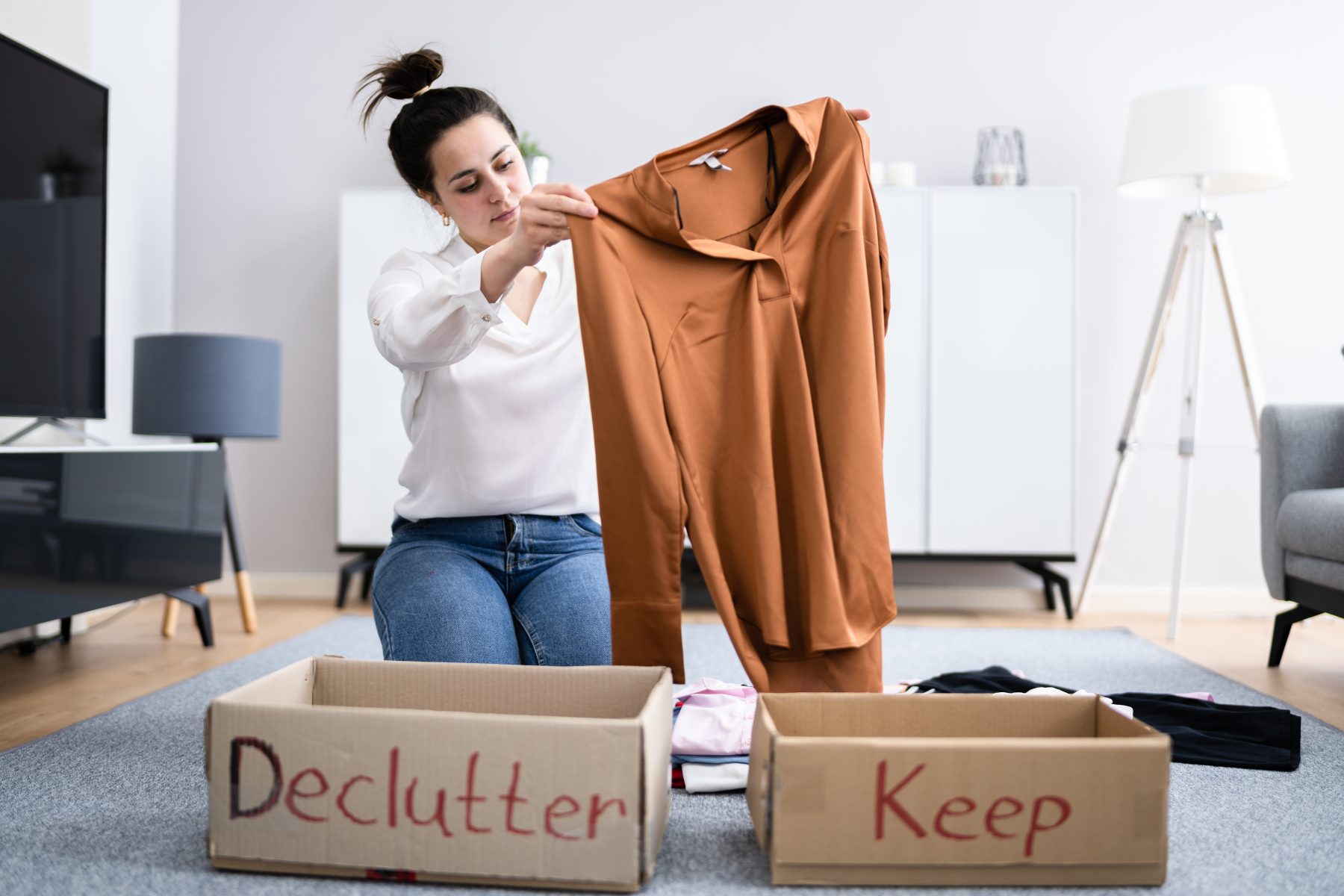
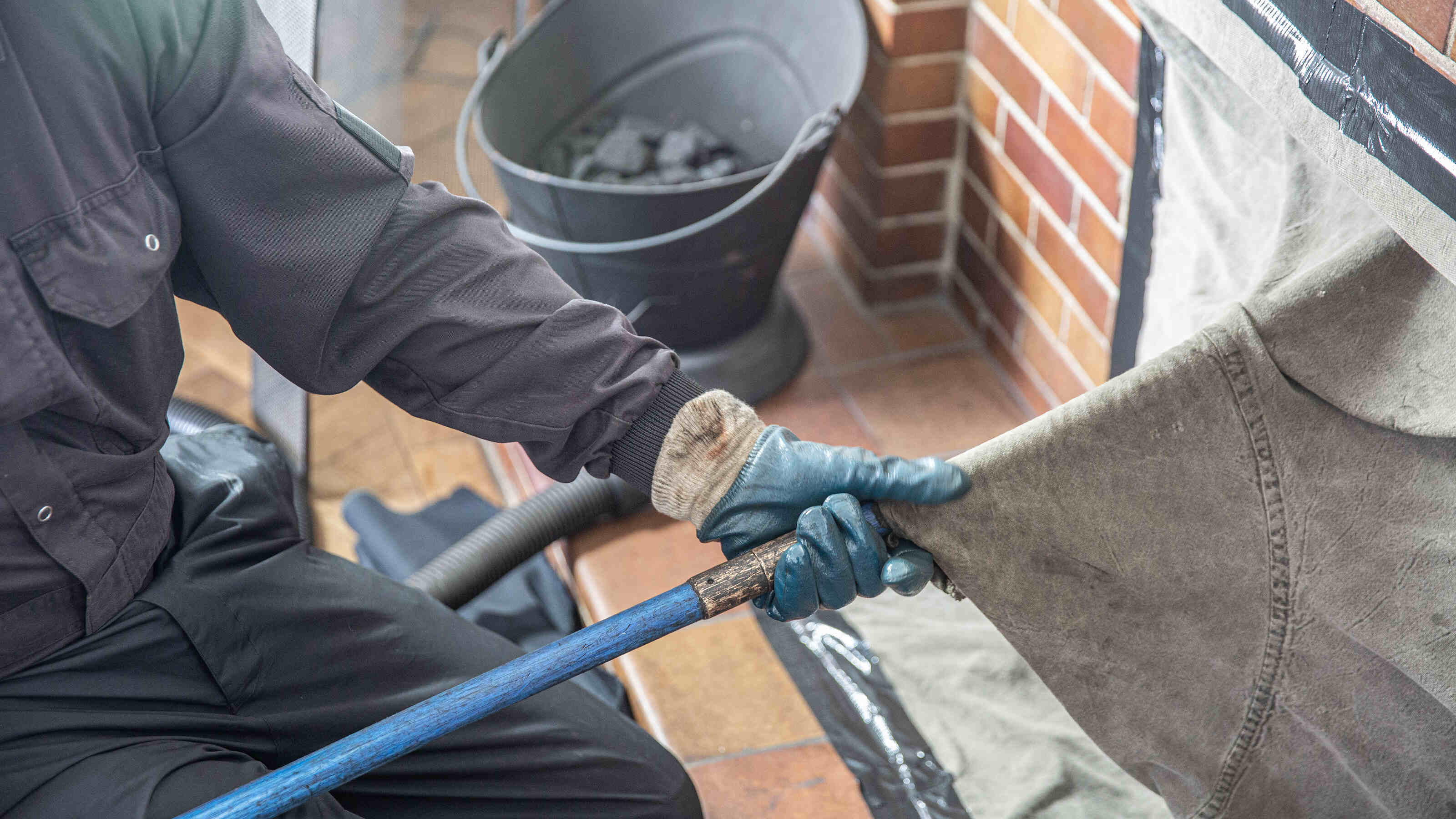

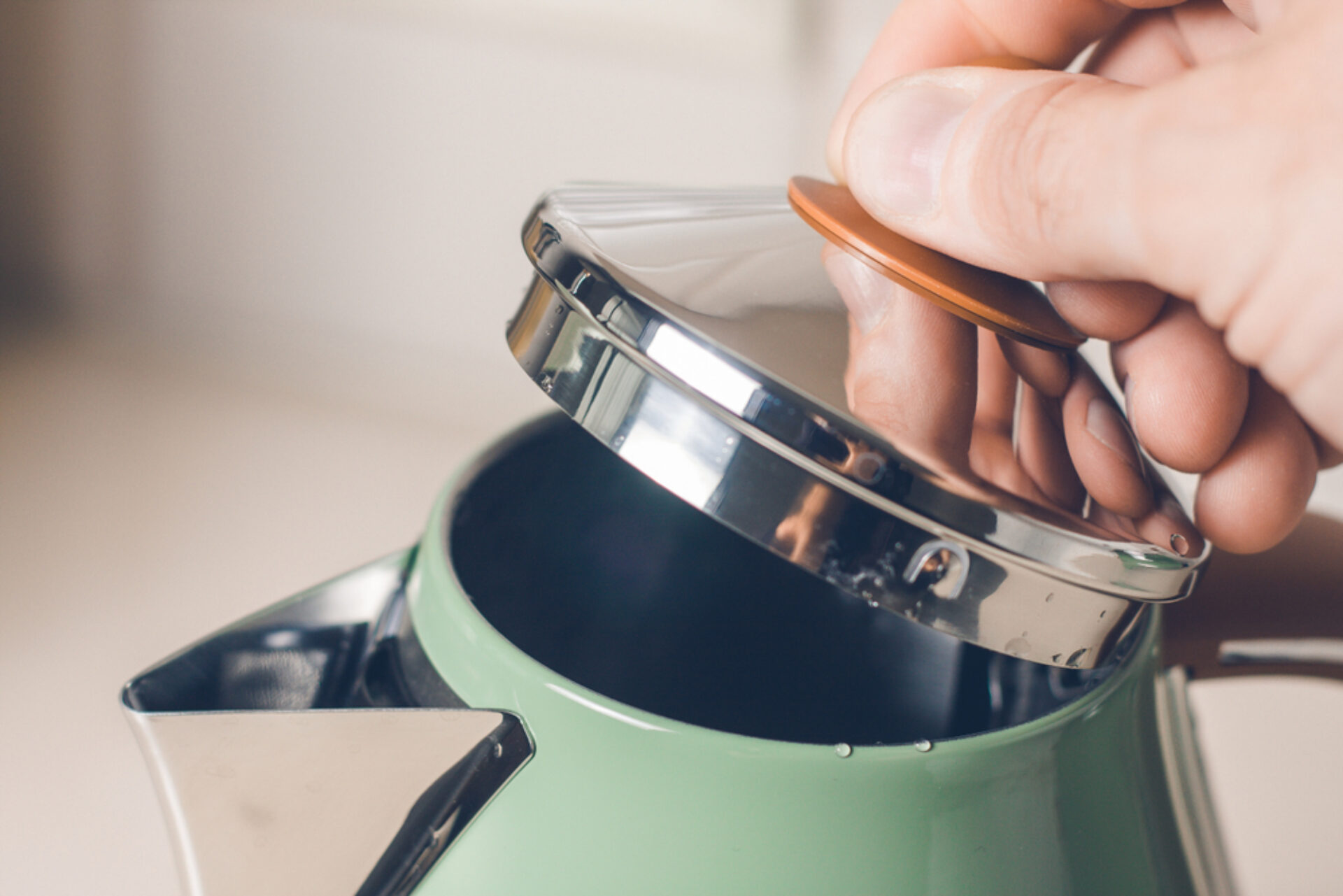
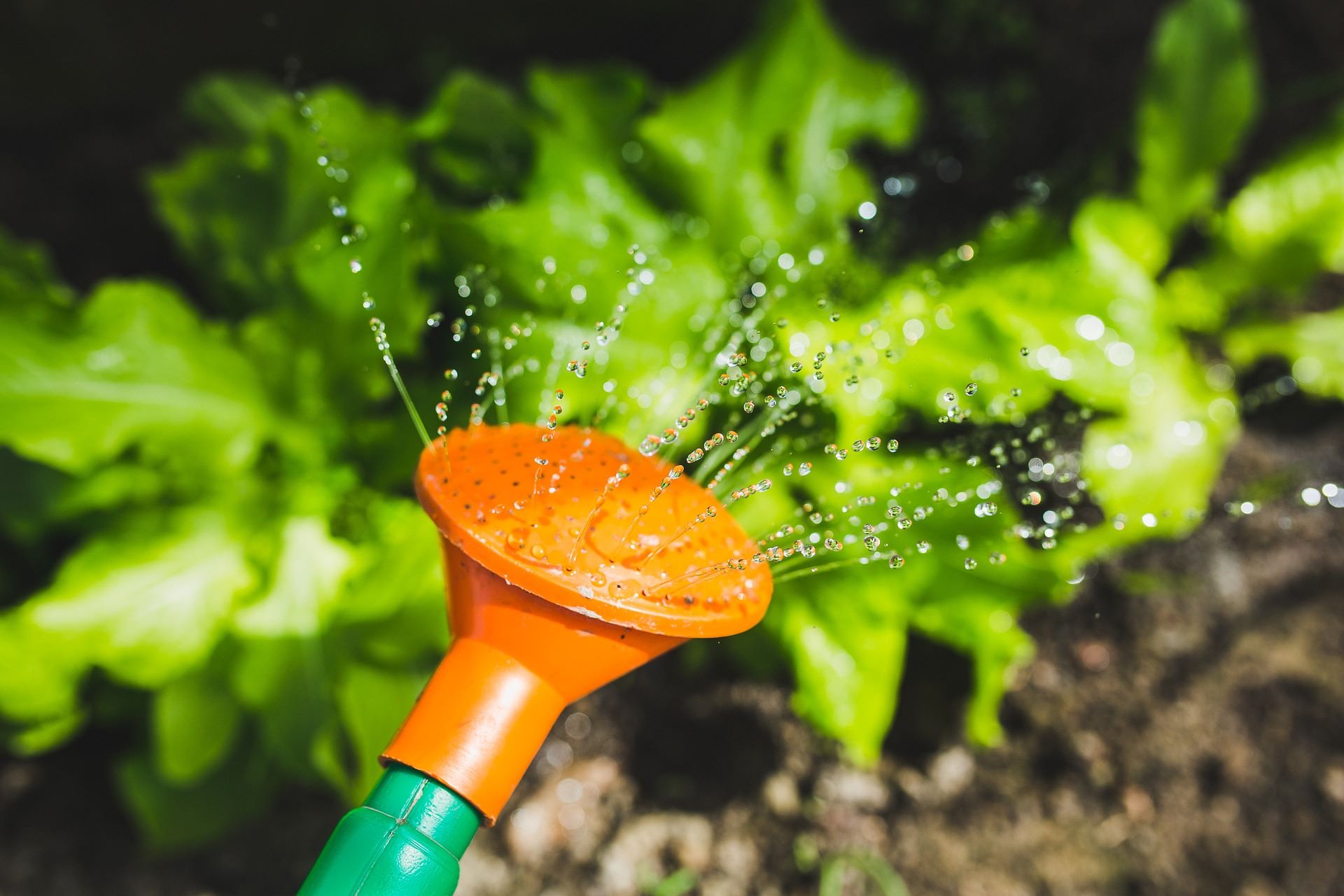
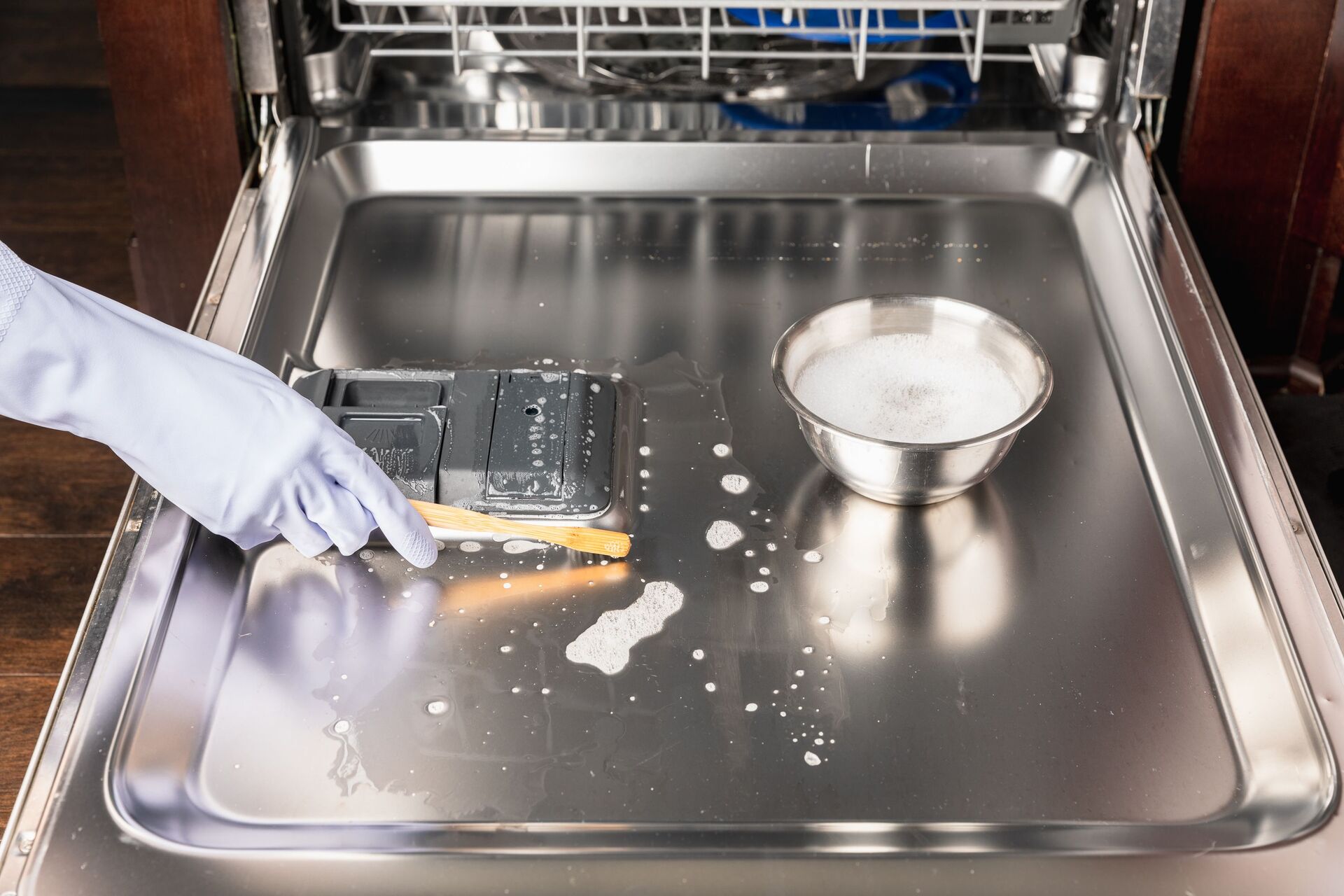
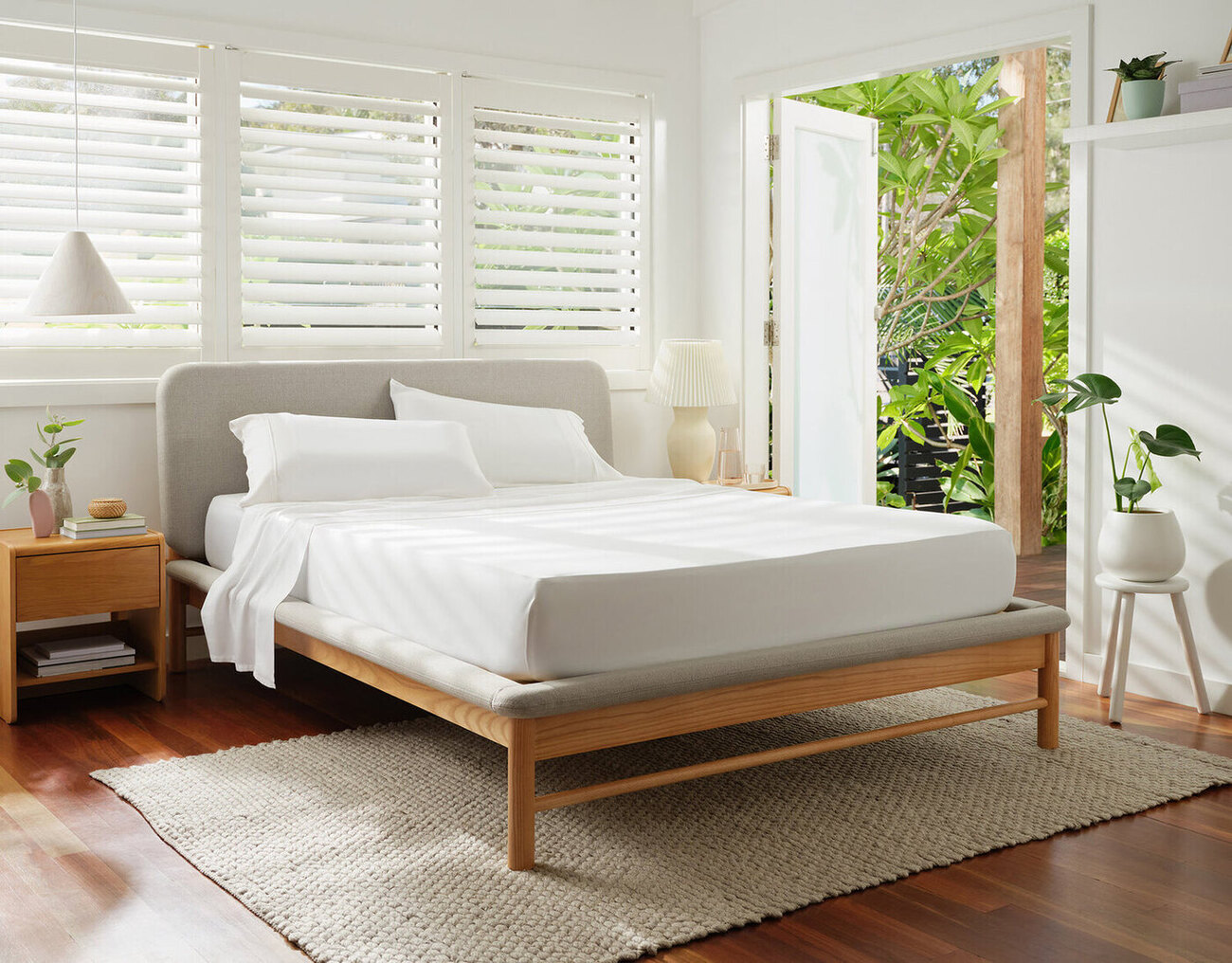
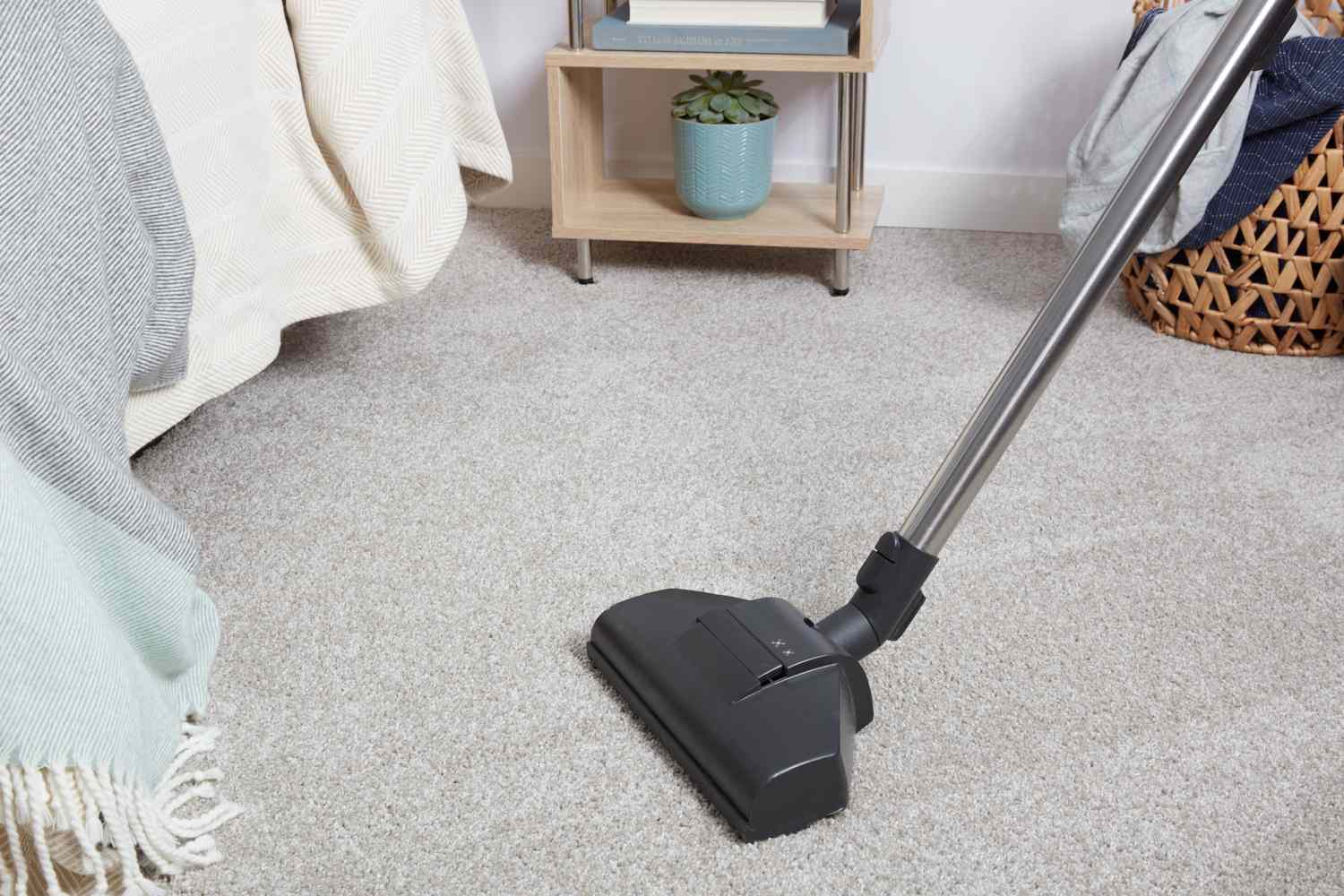
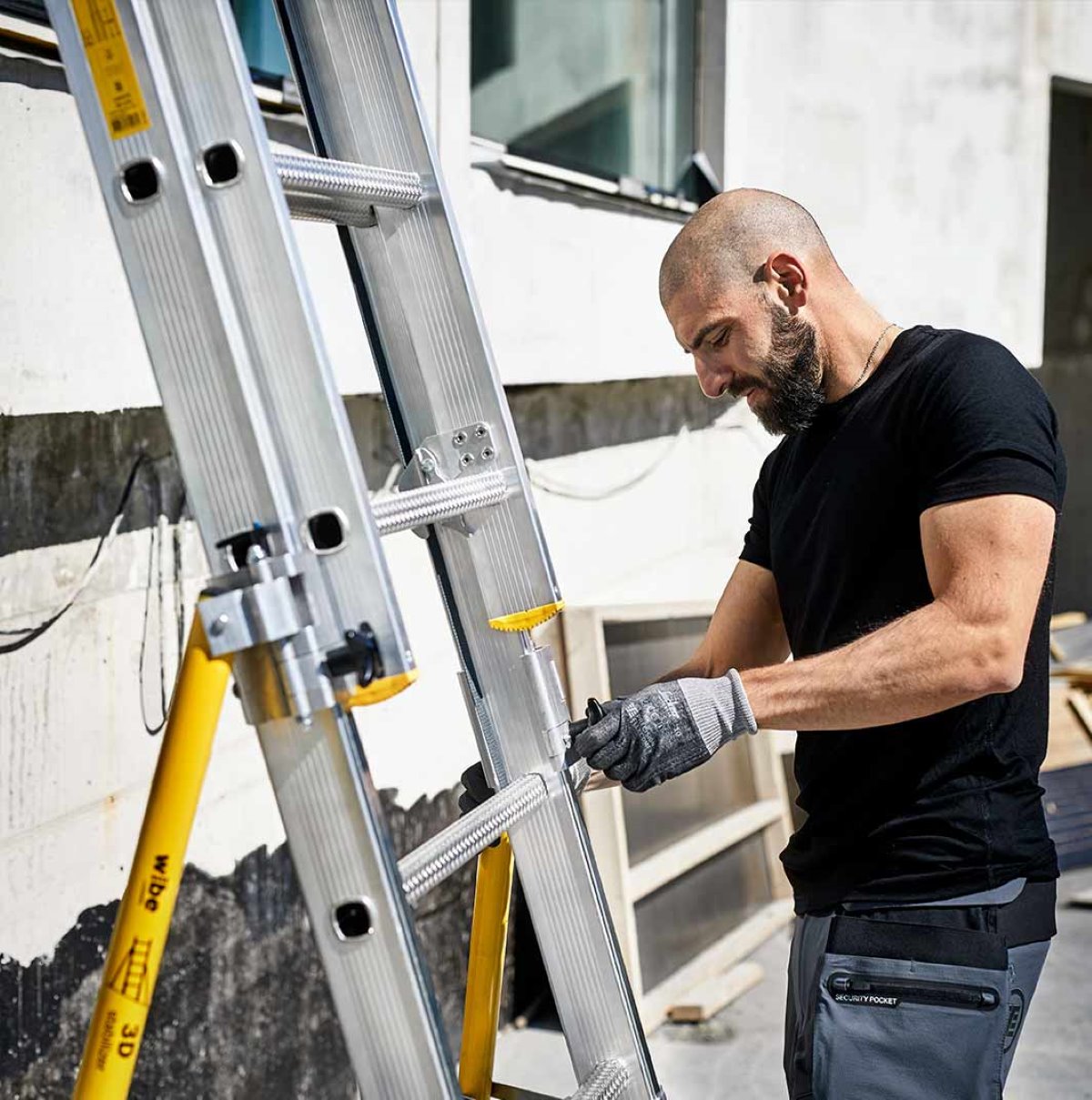
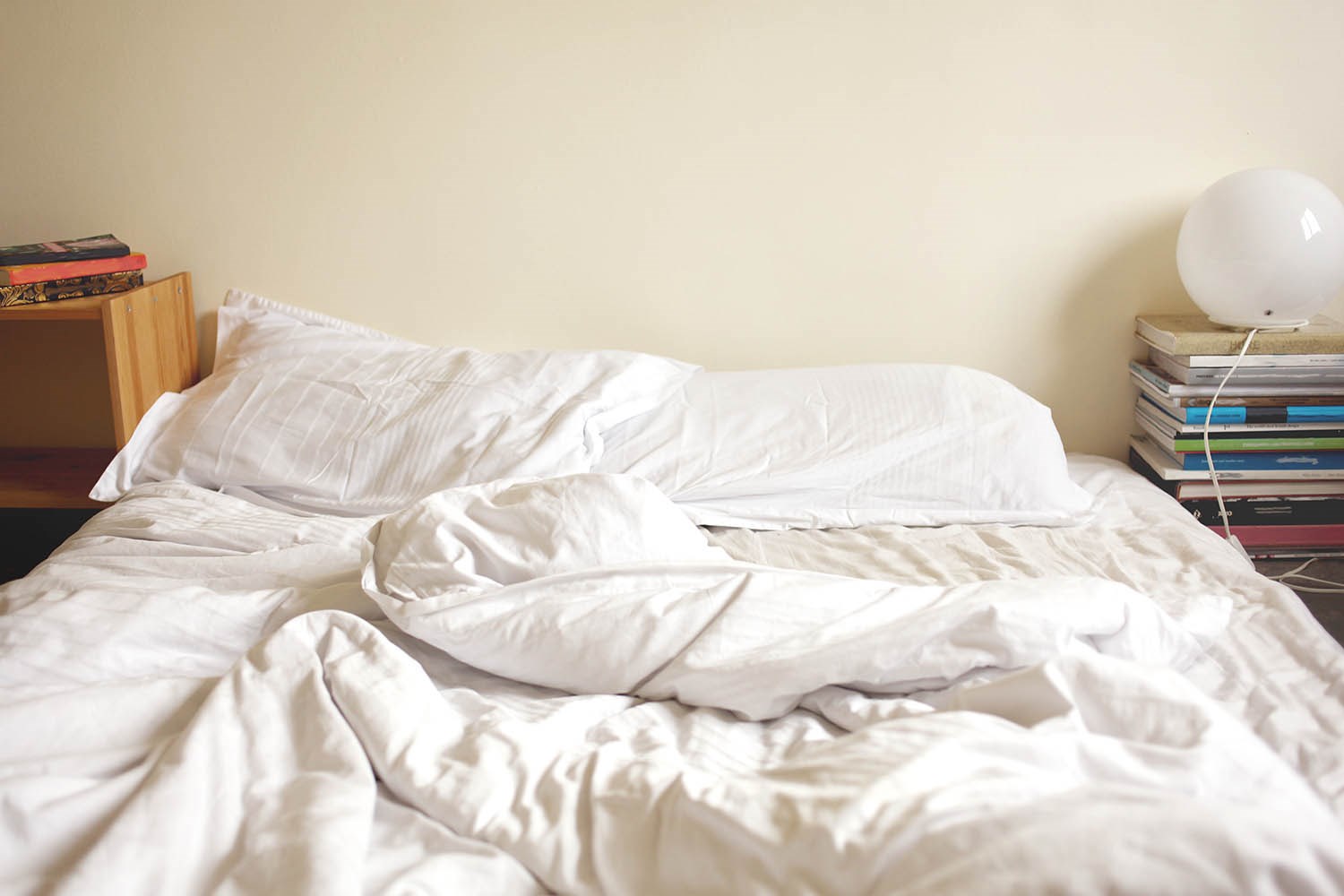
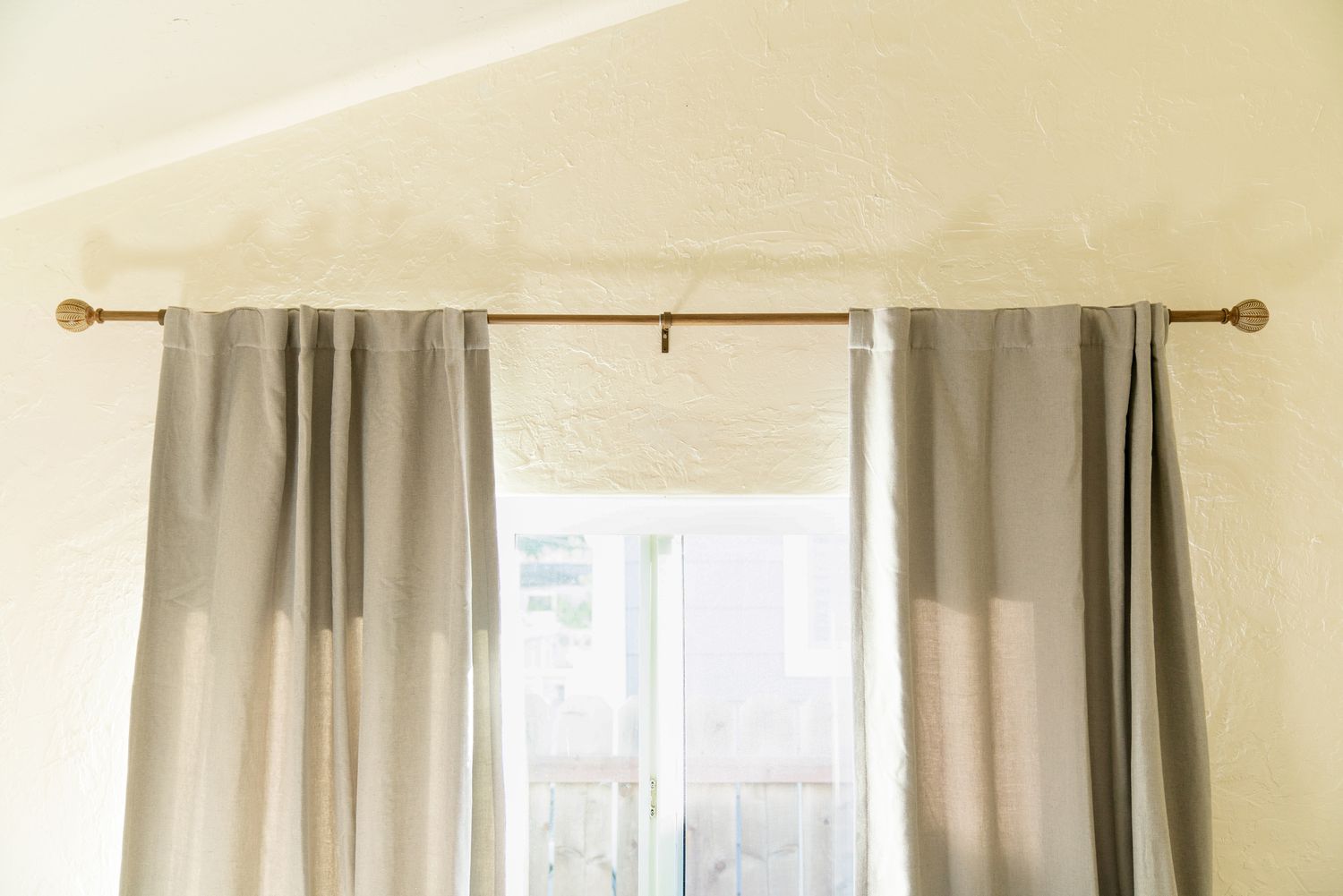
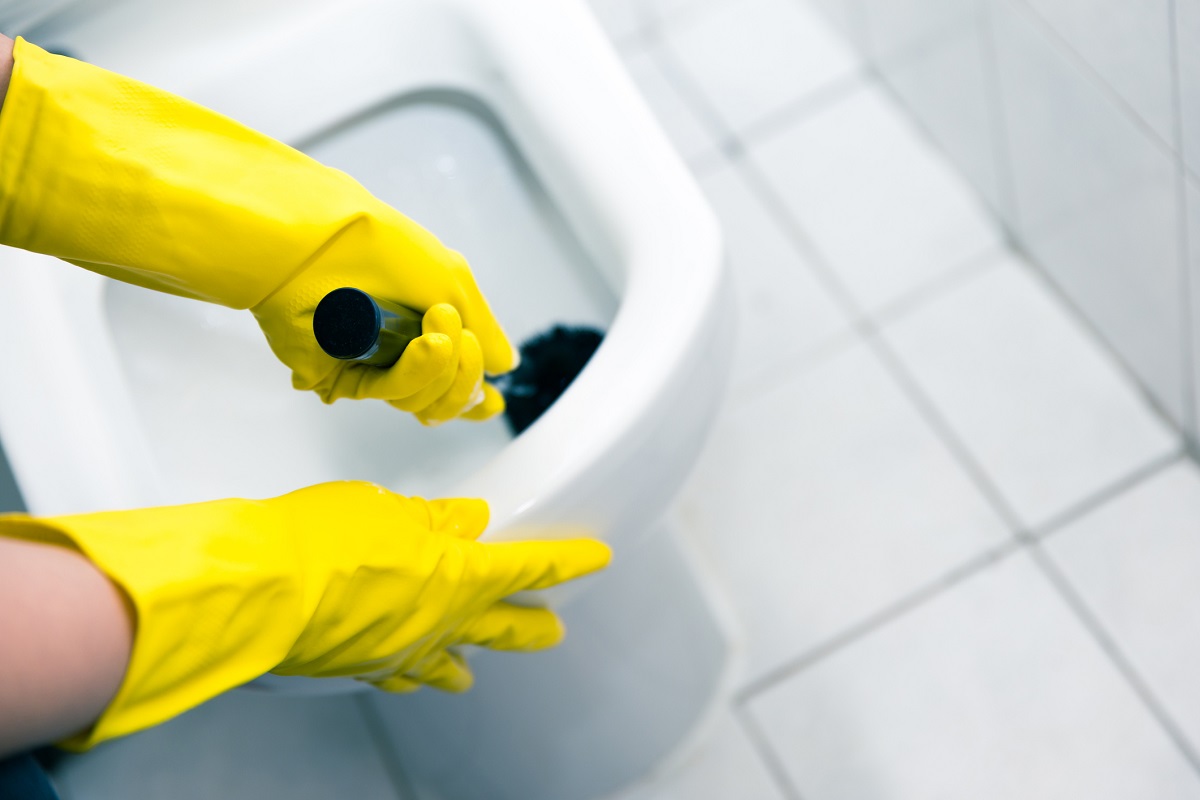
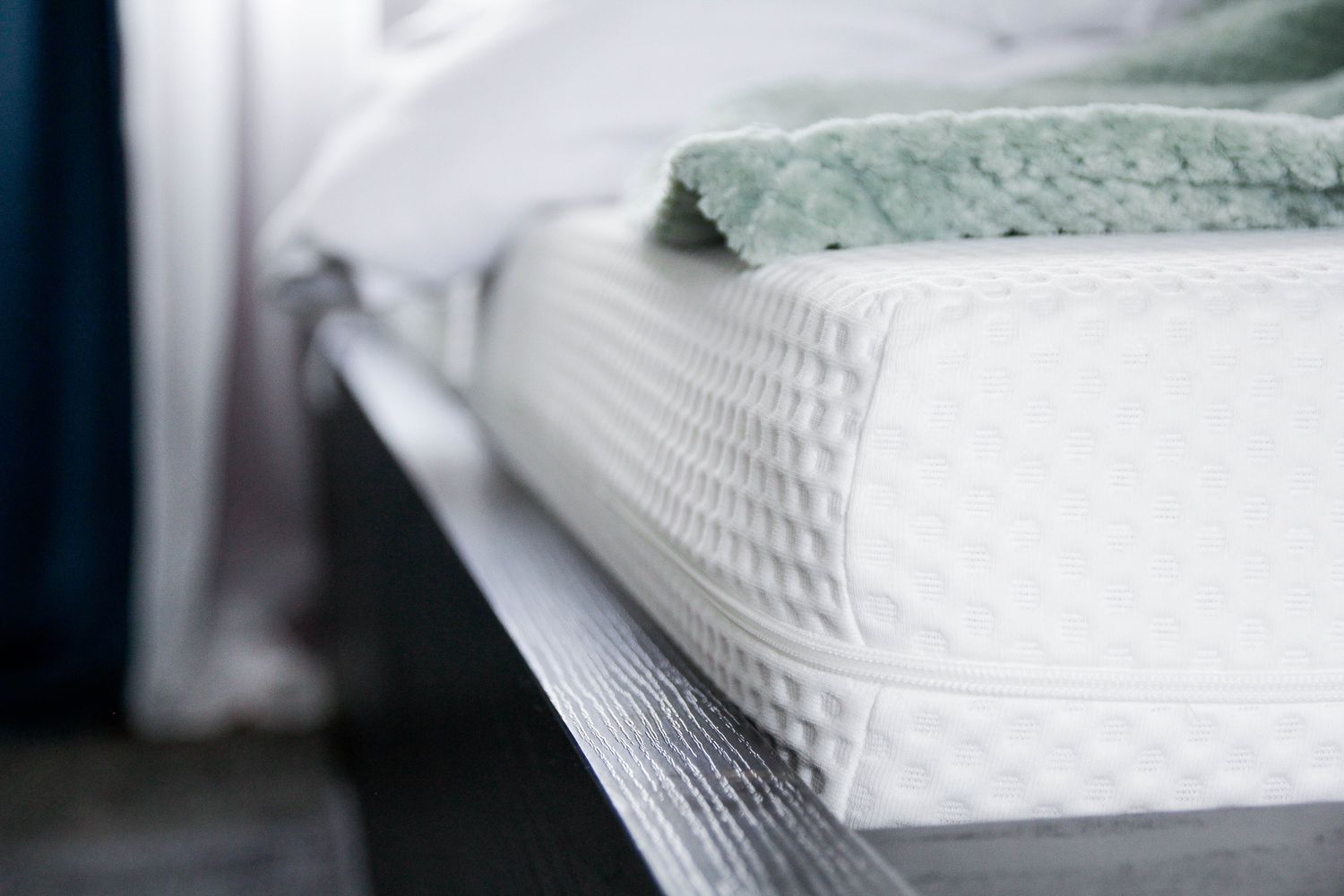
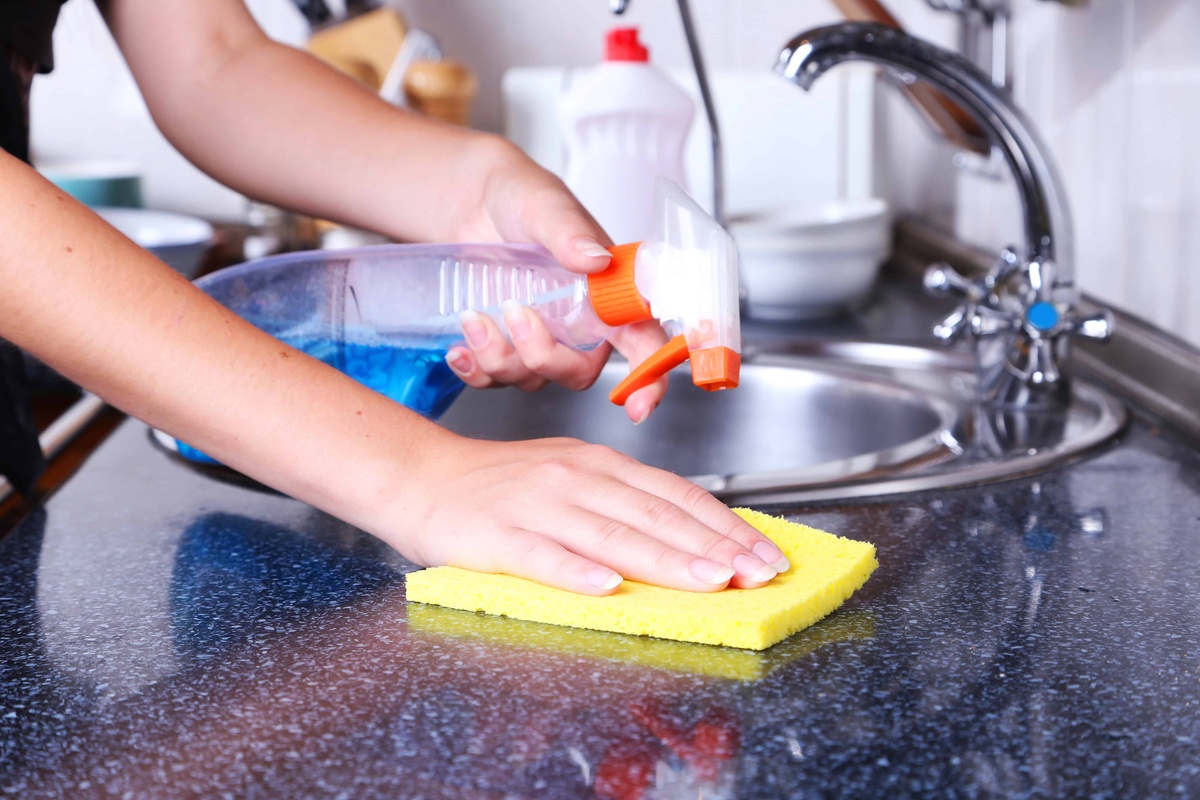

0 thoughts on “How Often Should You Fertilize Hanging Baskets?”